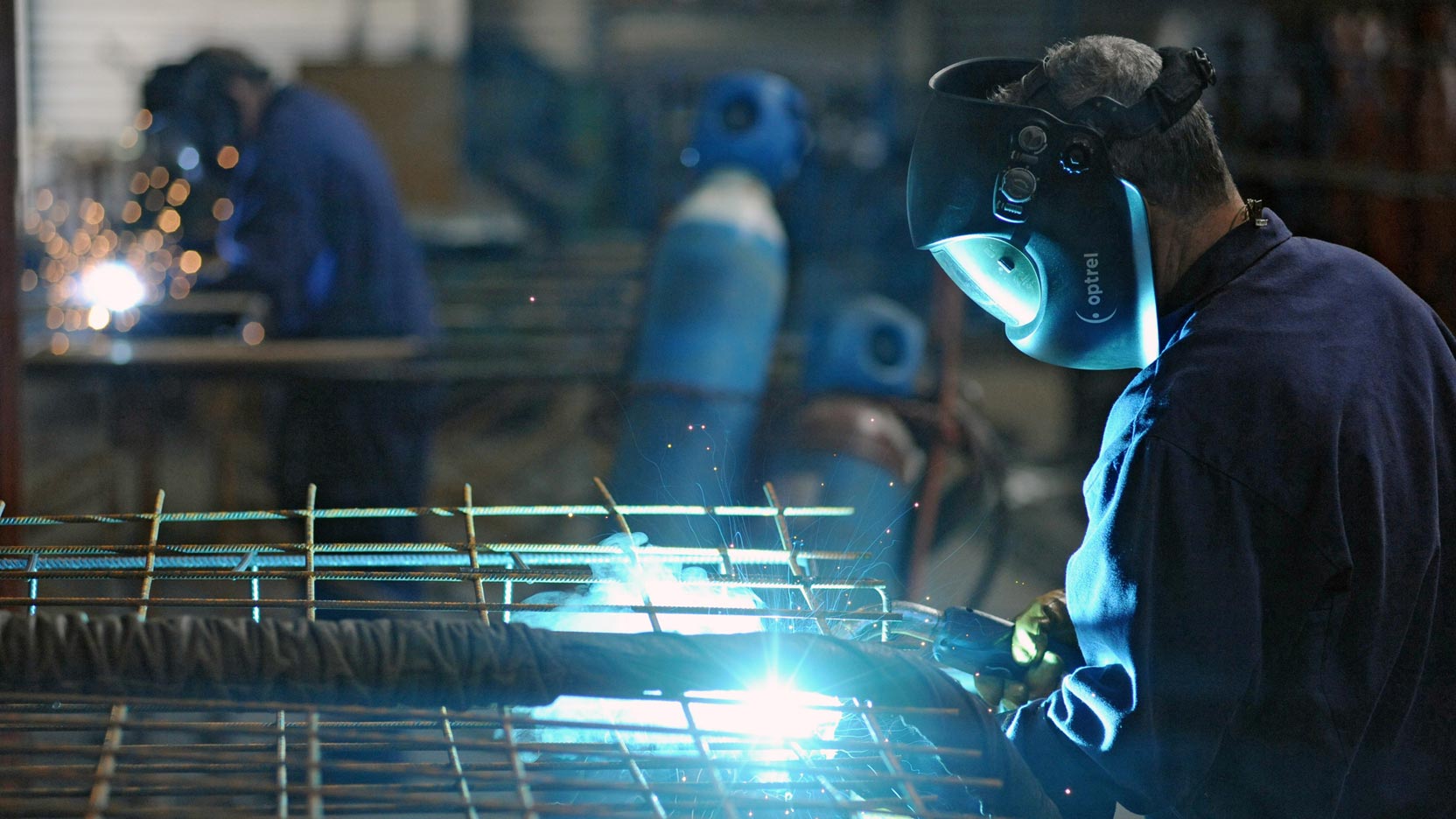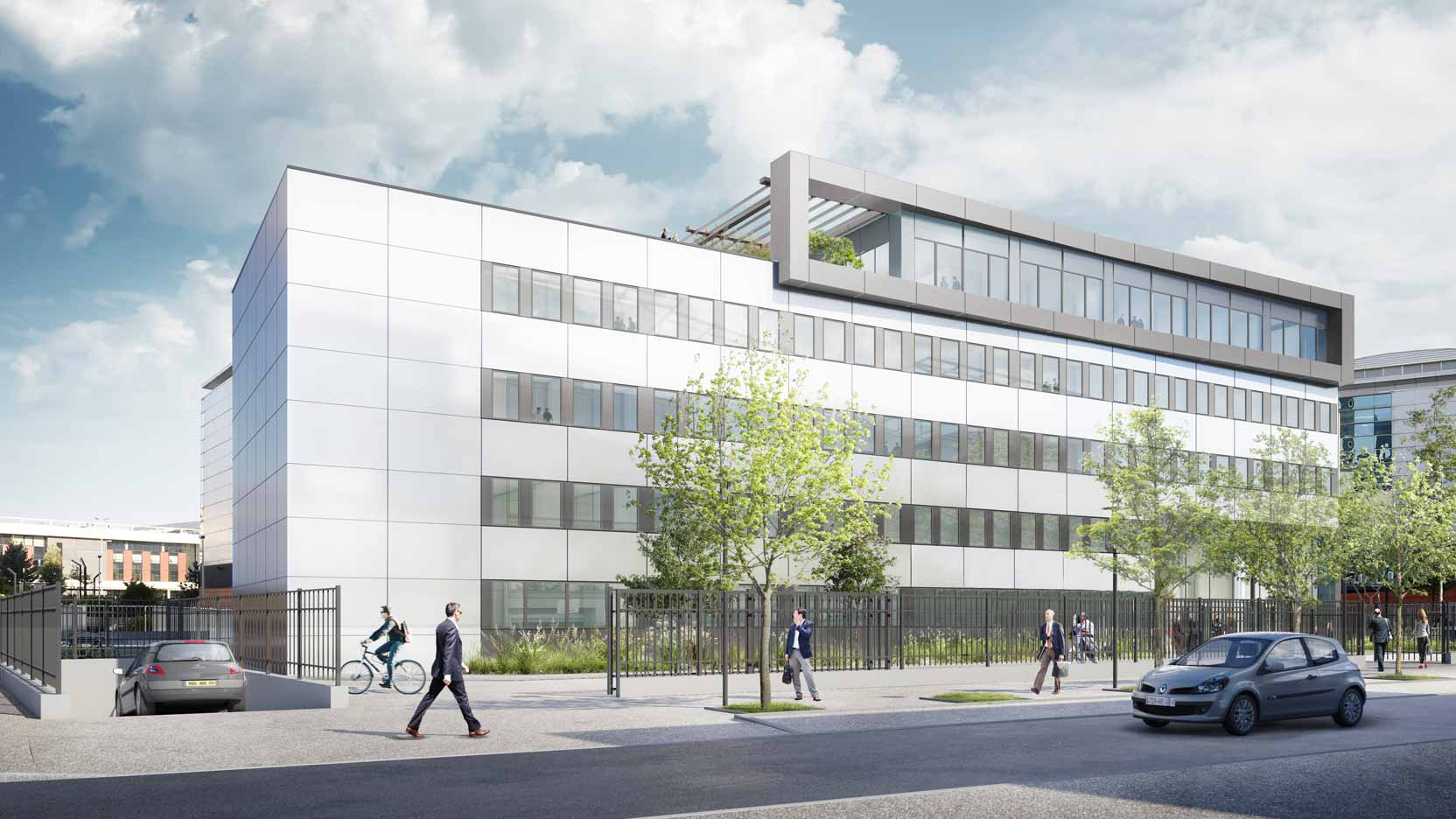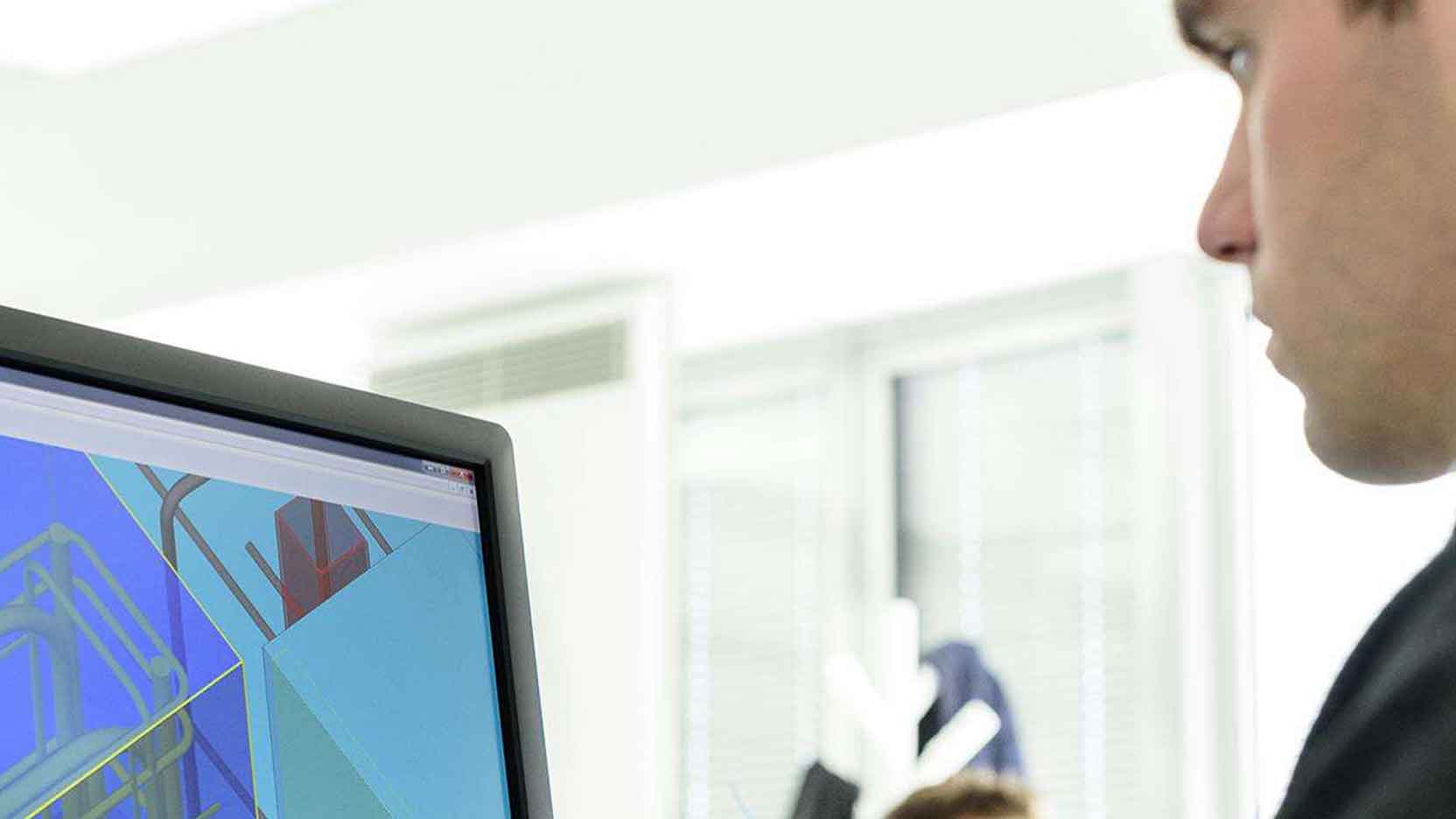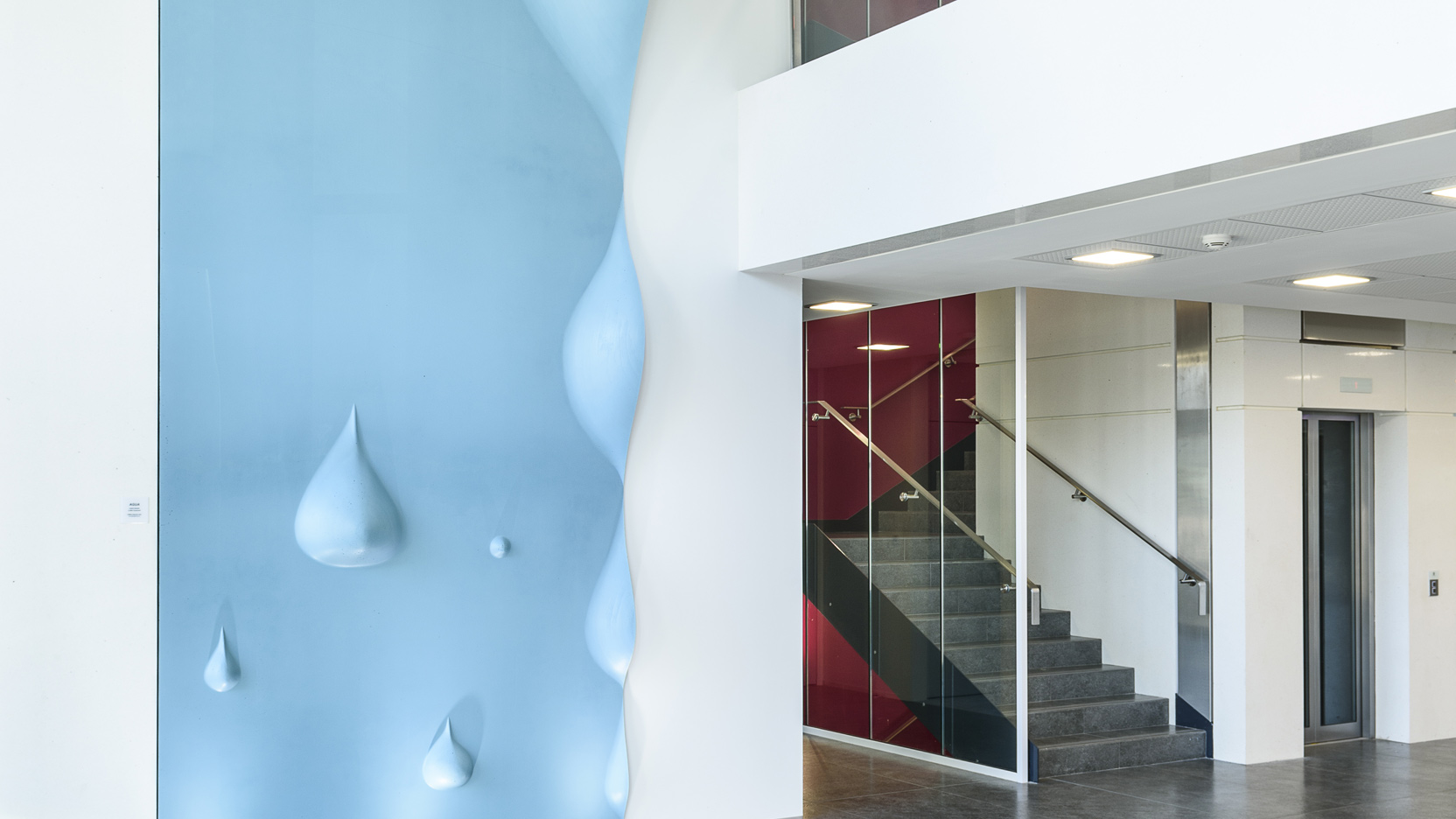The building sector consumes more energy than any other sector in France*. As the leading consumer, it plays a major role in energy transition. The challenge faced by industrialists in the public works and civil engineering sector is therefore a two-pronged one: to build buildings that consume less energy and to stand out, mainly by virtue of more sustainable building processes. To meet this challenge, GA relies on an unusual building model — made-to-measure prefabrication in the factory.
The GA Group’s strength resides in the “control of the entire value chain, from prefabrication of components in the factory to assembly on site to hand over a building that is 100% GA,” says GA factory director David Lannelongue. “In 90% of all cases, the Group handles the project from A to Z, right up to completion.”
Prefabrication to satisfy requirements of quality
The concrete structures, exterior joinery and building facilities are specific to each project. All the components are custom-made and prefabricated in GA factories, and then assembled directly on the construction site. Protected from inclement weather, factories provide the best possible production conditions to address the quality issues at stake. Every part that is produced has a QR code, showing the date of fabrication, the project it is intended for, and the exact place where the part is to be put in. This ensures continuity between factories and construction sites.
“With factory prefabrication and on-site assembly, our lead times are as short and efficient as possible. This allows us to increase output and lower our costs, for the sake of overall efficiency,” explains Lannelongue. In 2015, the Labège factory alone produced 10,000 cubic metres of concrete. And because the time workers spend on construction sites is short, nuisances on the site, mainly noise nuisance, are also reduced to a strict minimum.
Prefabrication to address environmental issues
Factory prefabrication also addresses environmental issues. The time spent on site is optimized, as it is devoted strictly to assembly, resulting in a minimal environmental footprint. Furthermore the geographical coverage provided by 5 factories spread out between Toulouse, Colmar and Rouen reduces the carbon footprint related to transporting the parts to construction sites.
To accomplish prefabrication, the GA Group developed its own 3D digital modelling tool, FullBIM. Its key feature is accurate 3D mapping of the future building. It is ideal for manufacturing future building components while adapting to each situation, as well as for controlling and coordinating the different stages of a project as effectively as possible, from design in conjunction with the Group’s architectural firm to the building’s operation.
* Source : ADEME



